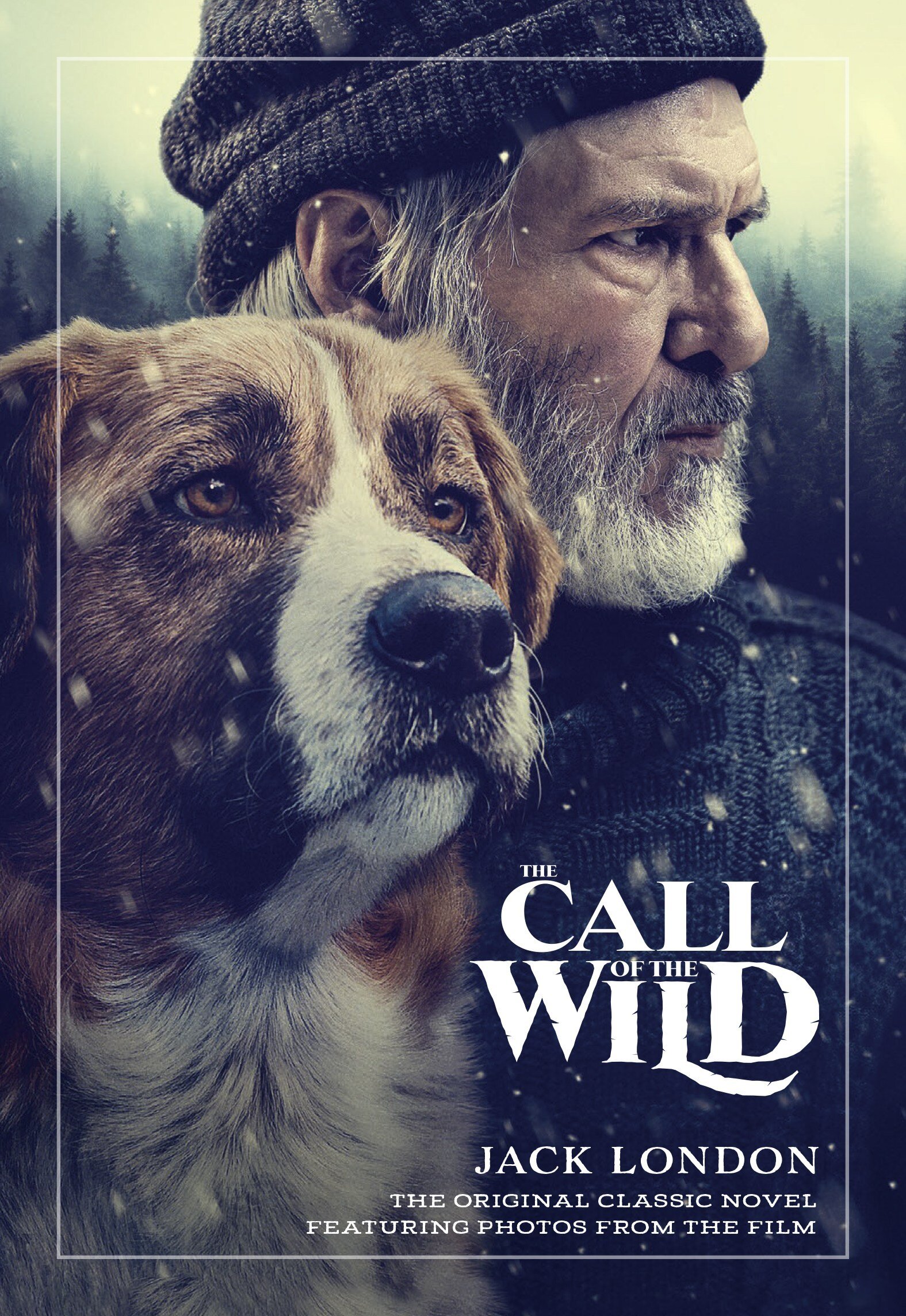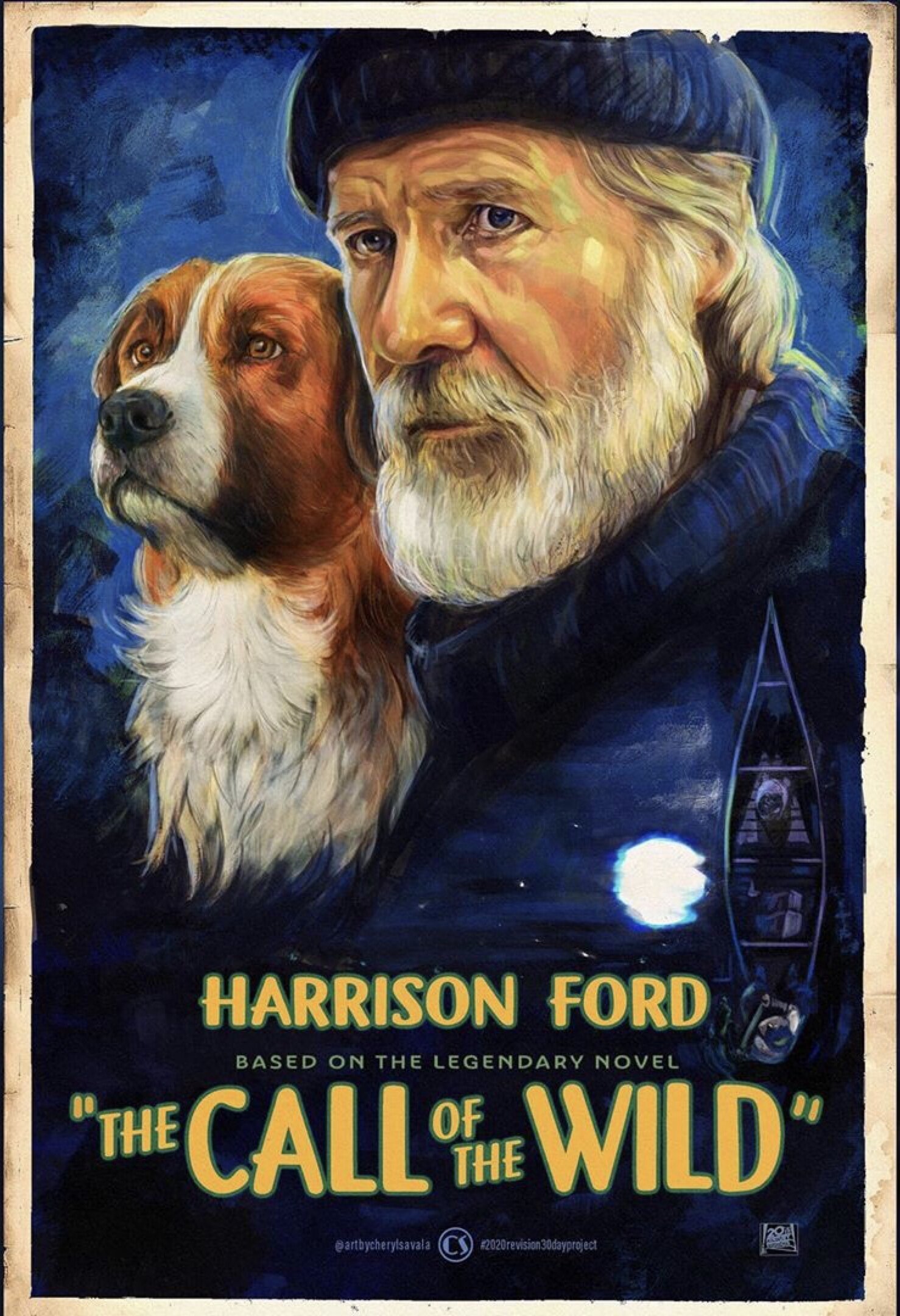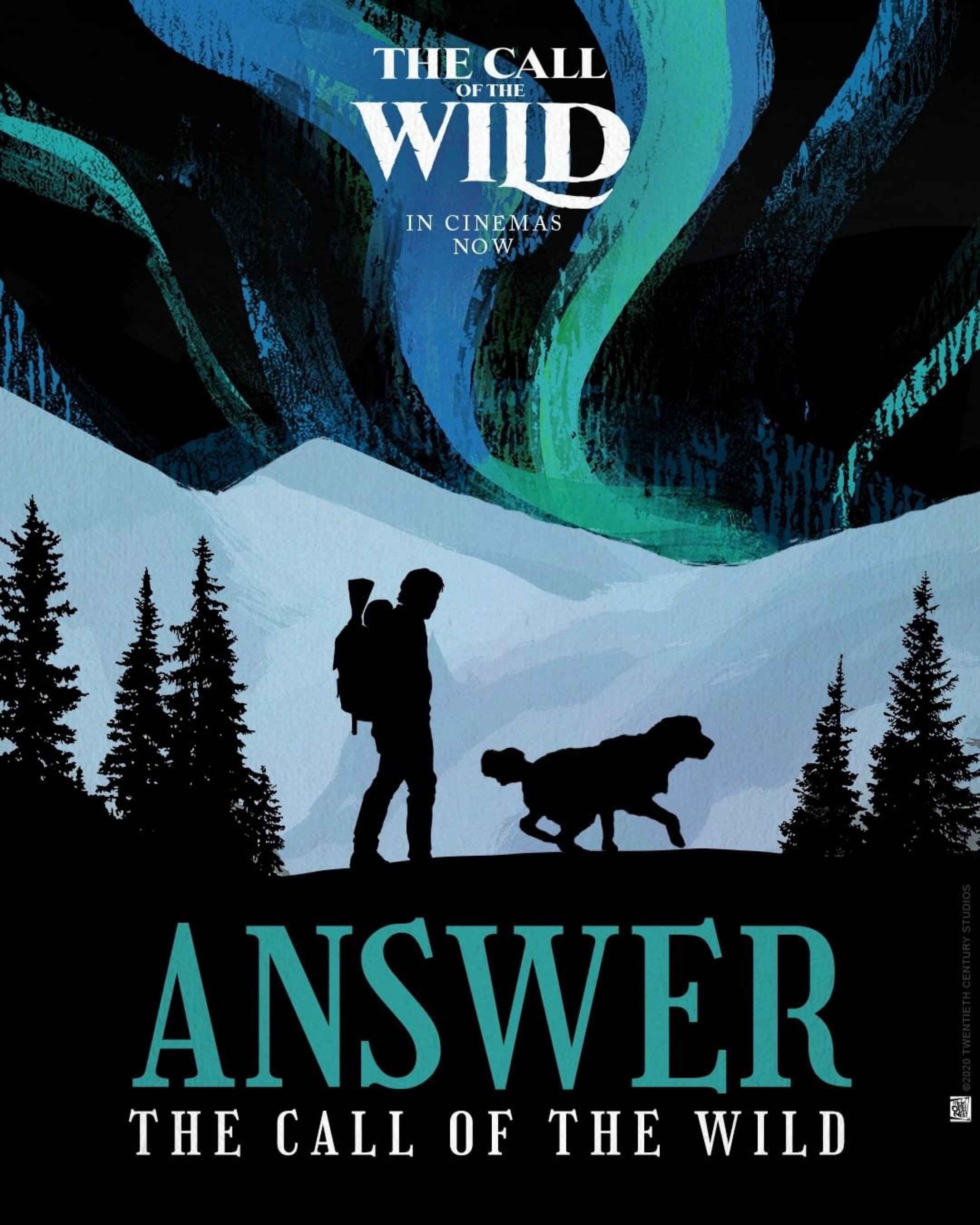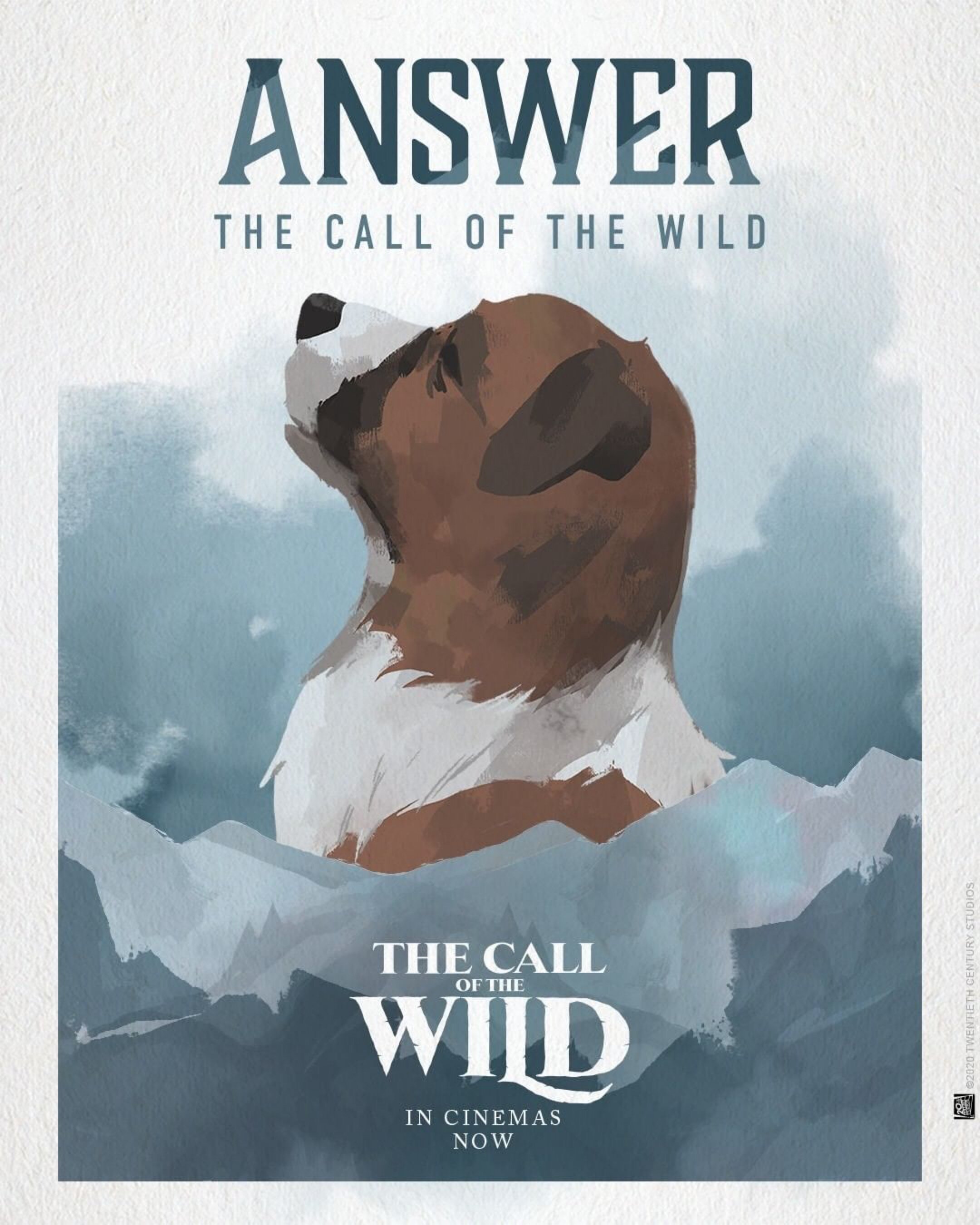
Answering “The Call of the Wild”
Why CGI?
The #1 question asked about “The Call of the Wild,” definitively explained.
Animal Safety
“The Call of the Wild” is a famously harsh book. Set in the late 1800s Yukon, the story follows Buck the dog as he encounters and overcomes a number of hardships. In the film adaptation, Buck learns “the law of club and fang” at the hands of a cruel master, has to defend himself against a rival member of his dog sledding team, braves an icy waterway and an avalanche, gets pushed to the brink of death at the end of a whip, rides whitewater rapids in the bow of a canoe, and finally answers the call of the wild and goes entirely feral.
Accurately enacting many of these scenes with live dogs would be difficult to film without possibly putting the animals at risk of injury. Even assuming none of the dogs were hurt, it’s important to remember that dogs don’t know they’re acting. Recall the German shepherd in Universal Pictures’ 2017 film “A Dog’s Purpose”: this dog went under rough water while filming a scene, and, although he was unharmed, he was clearly terrified. It’s not worth possibly putting an animal through anything like that just for a movie.
Visual Consistency
With a main character like Buck that appears in nearly every scene, you can’t use just one dog. In live-action films, multiple dogs are trained in different behaviors, which may not be noticeable with a dog like a golden retriever — however, with a mixed breed like Buck, finding more than one dog that meets the proper description might actually be impossible. By making Buck a computer-generated character, his appearance remains consistent throughout the film.
The same applies to the concept of using a real dog for some scenes and a CG “stunt dog” for action sequences: it sounds good in theory, but switching from a real dog to a CG dog and back again throughout the movie would be more jarring than simply opting for a CG dog 100% of the time. Some people find an animated dog distracting, but most audience members reported growing accustomed to CG Buck within only a few minutes.
Performance Control
Training animals isn’t easy. Even with the most talented trainers in Hollywood, there are definitely limits to what you can do with a living, breathing dog. Multiply that by the eight other dogs on Buck’s dog sledding team and the task of simply getting each animal to hit their marks simultaneously becomes exponentially more challenging. And that’s just blocking!
Then, there’s the matter of acting. ”The Call of the Wild” was a sensation when it was published in 1903. One reason: Jack London’s most famous work was one of the first novels to tell a story from an animal’s point of view. That level of anthropomorphism requires a subtlety in performance that clearly conveys Buck’s thoughts and feelings — as written in the book — through only his body language and facial expressions.
Fortunately, each dog character in the film was based on a real dog, allowing the animators to pick and choose the best expressions from life to create an exceptional but still genuine performance.
When director Chris Sanders was approached to work on “The Call of the Wild,” producer Erwin Stoff pitched the concept to him as a unique opportunity to adapt the Jack London classic as never before by using photorealistic CG animals: “For the first time, we’ll be able to do the entire book — not just the final 30 pages, like every other adaptation has done. By using CG animals, we can have the dogs act on cue.”
One reason that Chris was asked to direct this new take on “The Call of the Wild” is his extensive career in animation at Disney and DreamWorks. His experience writing and directing emotional movies featuring largely or completely nonverbal animated characters (such as Stitch from “Lilo & Stitch” and Toothless from the first “How to Train Your Dragon” film) made him an ideal candidate to portray Buck the dog as well-rounded and fully-realized, just like in London’s book, without resorting to making him talk.
This version of the film would finally be able to tell the tale from Buck’s perspective. Past adaptations — of which there have been many, beginning in 1923 — focused mainly on Buck’s series of owners and human companions, particularly John Thornton; however, the novel is written from Buck’s point of view, and turning him into a sidekick for stars like Clark Gable (1935) or Charlton Heston (1972) did his character a disservice.
Under construction!
Below, take a sneak peek behind-the-scenes to see how Buckley was digitally scanned and turned into the CG model that became Buck in the film.
“The Call of the Wild” Photos
“The Call of the Wild” Posters and Artwork
A few good links:
Resources, reviews, articles, and interviews.
"The Call of the Wild" on the IMDb
Jessica Steele-Sanders rules the Trivia section with an iron fist on the internet’s #1 resource for all things film and TV.
“The CGI Dog is Lovable Forever in ‘The Call of the Wild’”
“…Buck is nothing less than a miracle… played by a dog only a computer could create, always ready to extend a paw to make another friend. It’s the kind of technology I usually hate, but Buck is so appealing and his story is so entertaining that the movie won me over with a force that has left me astounded.”
“‘The Call of the Wild’ is the Rare Good Argument for CGI”
“Rather than technology for technology’s sake, the animation in the Harrison Ford–led movie about a dog rediscovering his true nature is profoundly deliberate.”
“Looking for Some Old Fashioned Family Fun? Answer ‘The Call of the Wild.’”
“As far as adaptations go, ‘The Call of the Wild’ does an excellent job of tweaking the source material for a modern age without losing any emotional heft… Buck is a good dog, but he’s more than that. He’s an old soul forced to return to his roots and survive.”
"'Call of the Wild' Casts a Digital Star. Is He a Good Dog?"
“‘That’s why we use CG characters,’ said Ryan Stafford, the visual effects producer on 20th Century Studios’ ‘Call of the Wild,’ which opened on Friday. ‘You can craft a performance. You can make it an emotional experience or a comedic experience or whatever the scene calls for.’”
“The Call of the Wild” as reviewed by Film Freak Central
This is a PHENOMENAL negative review that must be read to be believed. “‘The Call of the Wild’ is a propaganda piece,” writes scribe Walter Chaw. “Take the whole family!”
"Here's Why Buck, Harrison Ford's Sled Dog in 'The Call of the Wild,' Isn't a Husky"
“‘Buck is not a husky,’ says Ford, in the way only Harrison Ford can. He points out that the computer-generated Buck (played by motion-capture actor Terry Notary) actually matches the breed in London's novel.”
“The Call of Hollywood: Emporia Shelter Dog Stars in Major Film"
“A dog who was once homeless on the streets of Emporia is about to make his big screen debut. Buckley, a dog who was adopted from the Emporia Animal Shelter by Jessica Steele-Sanders and her husband, Chris Sanders, stars alongside Harrison Ford in the latest adaptation of the Jack London classic novel ‘Call of the Wild.’”
"'The Call of the Wild' Needed a River. So They Built One. Twice."
Befores & Afters speaks with Jeremy Hays, special effects coordinator for “The Call of the Wild,” about what went into recreating the Canadian Yukon in summery Santa Clarita, California.






























